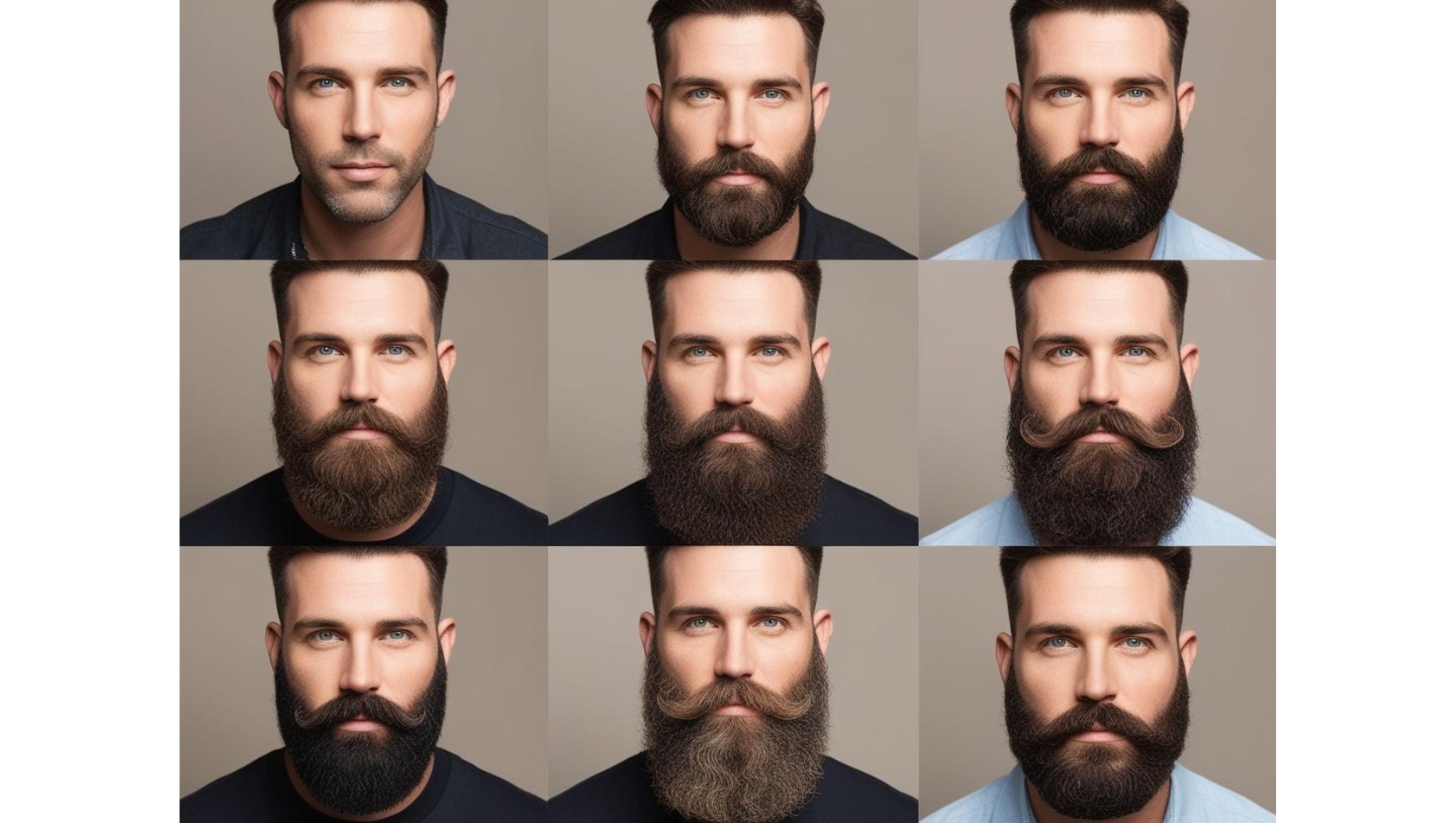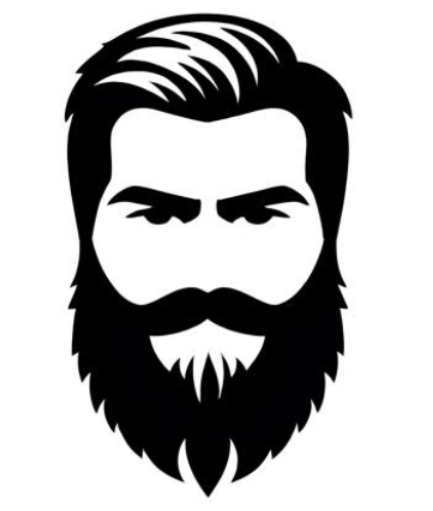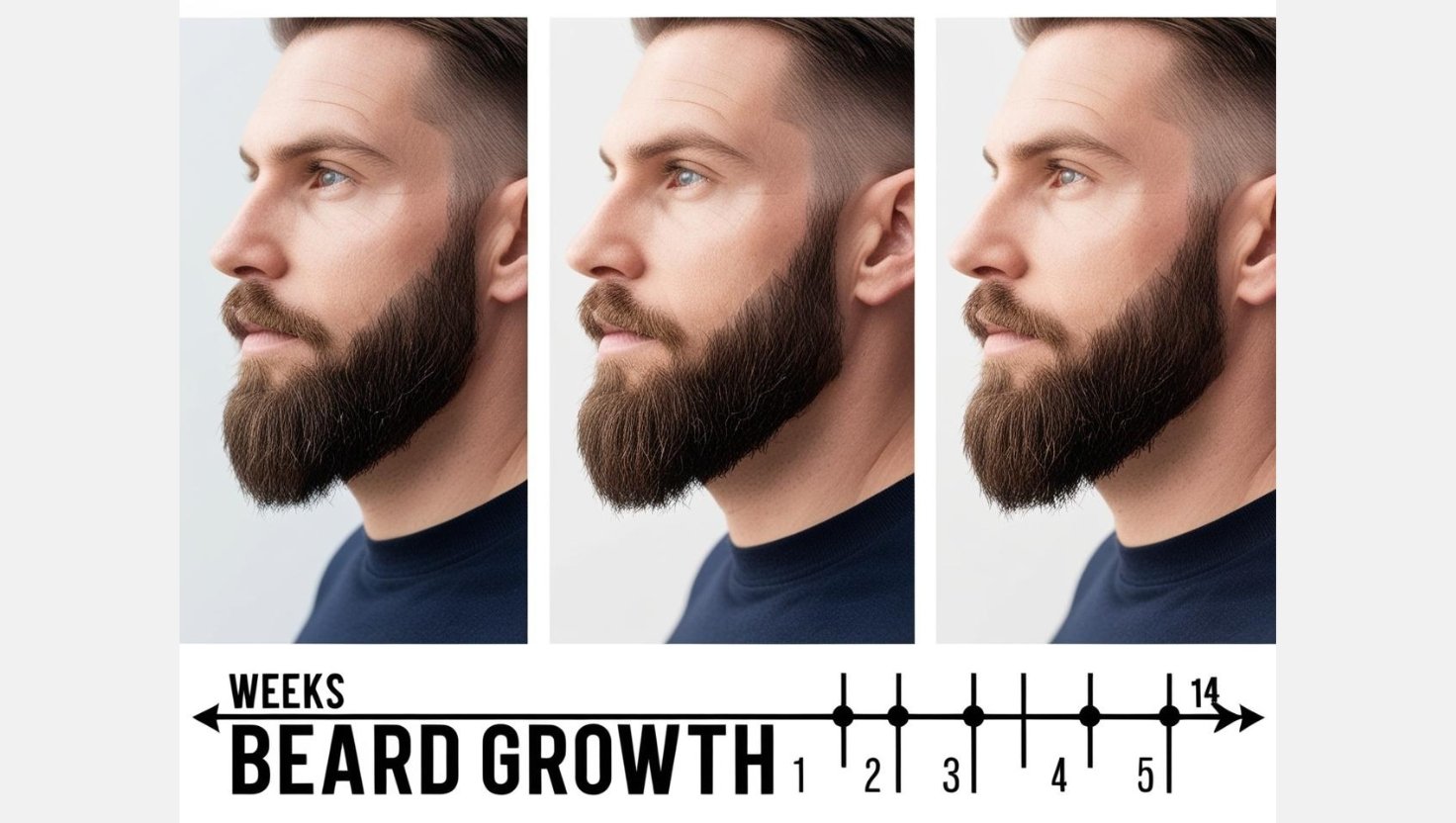Have you ever wondered how fast a beard grows? You’re not alone! Many of us who choose to flaunt or aspire to sport a beard find ourselves fascinated by the process and the mystery surrounding beard growth. From hormonal influences to genetic predispositions, the speed at which your beard grows can vary widely. Let’s embark on a friendly exploration of this topic and discover some interesting facts along the way.
Understanding Beard Growth
To appreciate how quickly a beard grows, it’s essential to understand the science and biology behind it. Hair growth, including facial hair, is a complex process influenced by several factors.
The Basics of Hair Growth
Hair grows in three phases: anagen, catagen, and telogen. During the anagen phase, cells divide rapidly at the root of the hair, leading to active growth. The longer your hair stays in this phase, the longer it grows. The catagen phase is a transitional period where growth slows, and the hair follicle shrinks. Lastly, the telogen phase is the resting stage, at the end of which the hair eventually falls out, making room for new hairs.
Beard-Specific Growth
The beard is a type of androgenic hair, which means its growth is largely stimulated by male hormones known as androgens, primarily testosterone and dihydrotestosterone (DHT). These hormones trigger hair follicles on the face, causing them to enter the hair growth cycle. Unlike the hair on your head, beard hair is typically coarser and may grow at different rates depending on its location on your face.
Factors Influencing Beard Growth
While it might be tempting to compare your beard growth to others, it’s important to remember that several factors can influence how fast your beard grows.
Genetics
Your genetic makeup plays a crucial role in determining your beard’s growth rate and density. If your father, grandfather, or other male relatives have or had thick facial hair, chances are you might grow a similar beard. Genetics dictate aspects like follicle density, growth rate, and even the eventual color of your facial hair.
Age
Beard growth can accelerate with age, especially during late adolescence and early adulthood (typically between ages 18 and 30). Hormone levels are higher during this period, facilitating faster and thicker growth. However, as you age, your beard growth might stabilize or even slow down due to hormonal changes.
Hormonal Levels
Testosterone and DHT are the hormones most responsible for beard growth. Higher levels may lead to faster and thicker beard growth. However, having a full beard isn’t solely determined by hormone levels, as the hair follicles’ sensitivity to these hormones also plays a significant role.
Ethnicity
Different ethnic groups tend to have varying growth patterns and beard densities. For instance, people of Mediterranean descent often have denser beard growth compared to individuals of Asian descent. These differences are largely due to the variability in genetic traits passed down through generations.
Health and Lifestyle
A well-balanced diet, regular exercise, and proper sleep can positively affect testosterone levels and overall health, potentially stimulating better beard growth. On the flip side, stress, poor diet, and lack of sleep can adversely affect how fast your beard grows.

Measuring Beard Growth
If you’re curious about the pace of your beard growth, you’re not alone. While the average beard growth rate is about half an inch per month, this can vary greatly from person to person. For those aiming for a specific beard style or length, it can be helpful to measure progress consistently.
Methods to Track Growth
One of the simplest ways to keep tabs on beard growth is by using a ruler or measuring tape. Regularly measuring from the base to the tip of the longest strand can provide insights into monthly growth rates. Keeping a journal or taking regular photos can also be an excellent way to visualize progress and changes over time.
Improving Your Beard Growth
While you can’t change your genetics, there are ways to potentially enhance beard growth by focusing on things within your control.
Nutrition and Diet
A diet rich in vitamins and minerals, particularly those that promote hair health, can be beneficial. Foods rich in vitamins A, B, C, D, and E, as well as zinc, iron, and omega-3 fatty acids, can contribute to healthier and potentially faster-growing facial hair. Including a variety of fruits, vegetables, lean proteins, and whole grains in your diet can create an optimal environment for beard growth.
Exercise
Regular physical activity can increase blood circulation, which helps in delivering nutrients and oxygen to hair follicles. Exercises like weightlifting and high-intensity interval training (HIIT) can boost testosterone levels, potentially encouraging better beard growth.
Skincare and Grooming
Keeping your skin clean and well-moisturized can promote healthy follicle function. Regularly cleansing your face and exfoliating to remove dead skin cells can prevent clogged hair follicles. Additionally, using beard oils or conditioners can keep your beard hair soft and nourish the skin underneath.
Healthy Habits
Managing stress and ensuring adequate sleep are crucial for overall health and can positively impact beard growth. High stress levels can lead to hair loss, as can a lack of sleep, which can disrupt hormone levels.

Popular Myths About Beard Growth
With the intrigue surrounding facial hair growth, several myths have emerged. Let’s address some of the common misconceptions and separate fact from fiction.
Shaving Makes Your Beard Grow Faster
This is perhaps the most prevalent myth. Shaving does not affect the rate at which your beard grows. What shaving does is create the appearance of thicker hair because it removes the softer, tapered ends, making the stubble look coarser.
Beard Oils and Supplements Significantly Speed Up Growth
While beard oils can help with moisturizing and maintaining a healthy appearance, they typically don’t speed up growth. Supplements may support overall hair health, but there’s no magic pill for rapid beard growth.
All Men Can Grow Beards If They Try Hard Enough
While most men can grow some form of facial hair, not all can achieve a full, thick beard due to genetic and hormonal factors. It’s important to embrace your unique growth pattern and consider styles that suit your natural growth.
Frequent Trimming Encourages Faster Growth
Trimming can help shape and maintain your beard, removing split or damaged ends, but it does not influence growth rate. Hair grows from the follicle, not the end, so trimming won’t speed things up.
Embracing Your Beard Journey
Ultimately, growing a beard is a personal journey that can be as unique as the individual. Whether your beard grows rapidly or at a more leisurely pace, embracing and experimenting with different styles can be a rewarding experience.
Finding Your Style
Understanding what styles work best for your growth pattern, face shape, and personal preference can be empowering. From short stubble to a full beard, there are countless styles to explore.
Patience and Persistence
Beard growth requires patience and time. It’s essential not to rush the process and to appreciate the changes along the way. Celebrate small milestones, and remember that growing a beard is as much about the journey as it is the destination.
Support and Encouragement
Engaging with beard communities online or in person can offer support, advice, and encouragement. Sharing experiences with others who are on similar beard journeys can be motivational and provide valuable insights.
Conclusion
So, how fast does a beard grow? While the average is about half an inch per month, numerous factors can influence this growth rate. From genetics and age to lifestyle and health, no two beard-growing experiences are identical. Understanding these factors and embracing your unique beard journey can make the process exciting and fulfilling. No matter how fast or slow your beard grows, remember that patience and self-expression are key.
Here’s to accepting and celebrating what makes your beard uniquely yours!

